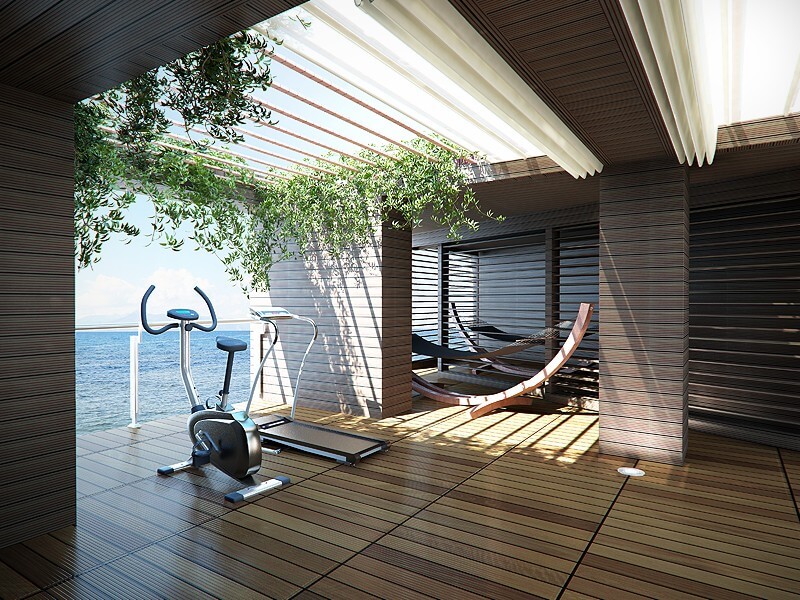
Architectural Design for Wellness: Creating Healthier Living Spaces
In today’s fast-paced world, where stress and health issues seem to be on the rise, there’s a growing realization of the importance of wellness in our lives. While diet and exercise play a crucial role in maintaining good health, the spaces we inhabit also have a significant impact on our overall well-being. This is where architectural design comes into play, as it can shape our environments to promote health and wellness. In this blog, we will explore how architectural design can contribute to creating healthier living spaces. That enhance our physical, mental, and emotional well-being.
Natural Light and Ventilation
One of the fundamental aspects of architectural design for wellness is optimizing natural light and ventilation. Exposure to natural light has been linked to improved mood, increased productivity, and better sleep quality. Architects can design spaces that maximize daylight penetration, such as large windows, skylights, and open floor plans. Adequate ventilation is equally crucial, as it helps maintain indoor air quality, reducing the risk of respiratory issues and allergies.
Biophilic Design
Biophilic design is a concept that integrates nature and natural elements into the built environment. This approach can include the use of materials, colors, textures, and even living plants to create a sense of connection with nature. Studies have shown that biophilic design can reduce stress, enhance cognitive function, and promote a sense of well-being. Incorporating elements like green walls, indoor gardens, and natural materials into architectural plans can greatly benefit occupants’ health.
Noise Control
Excessive noise can have detrimental effects on mental and physical health. Architects can address this issue by designing spaces with acoustic considerations in mind. Sound-absorbing materials, strategic placement of walls, and double-glazed windows can help reduce noise pollution in homes and workplaces, creating more tranquil and peaceful environments.
Ergonomic Design
Ergonomics plays a significant role in architectural design for wellness. Creating spaces that support good posture, comfortable seating, and efficient workflows can reduce the risk of musculoskeletal issues and enhance overall comfort. This is particularly important in office spaces where people spend a significant portion of their day.
Active Design
Promoting physical activity through design is essential for wellness. Architects can incorporate features like staircases that are appealing and convenient to use, outdoor walking paths, and exercise facilities within residential or commercial buildings. Active design encourages movement and contributes to a healthier lifestyle.
Mental Health Considerations
Mental health is an integral part of overall wellness. Architectural design can support mental health by creating spaces that foster relaxation, mindfulness, and stress reduction. Features like meditation rooms, calming color palettes, and layouts that encourage social interaction can all contribute to a positive mental state.
Sustainable Design
Sustainability and wellness often go hand in hand. Eco-friendly building materials, energy-efficient systems, and sustainable practices not only reduce the environmental impact but also contribute to healthier indoor air quality. Low-VOC (volatile organic compounds) paints and materials, for example, can improve air quality and reduce the risk of health issues.
Conclusion
Architectural design for wellness is a holistic approach that acknowledges the profound impact our built environments have on our health and well-being. By prioritizing natural light, ventilation, biophilic design, noise control, ergonomics, active design, mental health considerations, and sustainability, architects can create spaces that promote physical, mental, and emotional wellness. As our understanding of the connection between architecture and well-being continues to evolve, we can look forward to living in spaces that enhance our overall quality of life.






